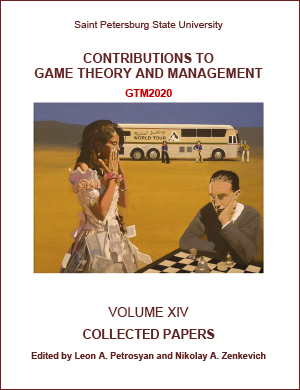A Survey on Two Viruses Extensions of Epidemic Model with Continuous and Impulse Control
DOI:
https://doi.org/10.21638/11701/spbu31.2021.12Abstract
The current study represents a survey on several modifications of compartment epidemic models with continuous and impulse control policies. The main contribution of the survey is the modification of the classical Susceptible Infected Recovered (SIR) model with the assumption that two types of viruses are circulating in the population at the same time. Moreover, we also take into consideration the network structure of the initial population in two-virus SIIR models and estimate the effectiveness of protection measures over complex networks. In each model, the optimal control problem has been formalized to minimize the costs of the virus spreading and find optimal continuous and impulse antivirus controllers. All theoretical results are corroborated by a large number of numerical simulations.
Keywords:
epidemic process, compartment epidemic models, SIR model, optimal control, evolutionary games, virus mutation, structured population
Downloads
References
Downloads
Published
How to Cite
Issue
Section
License
Articles of "Contributions to Game Theory and Management" are open access distributed under the terms of the License Agreement with Saint Petersburg State University, which permits to the authors unrestricted distribution and self-archiving free of charge.




